An issue that concerns me is the use of machine weights. They are useful and may have their place in one's training regiment. However, there are some things you should think about before using them regularly.
Machines are mainly useful to big box gyms. Machines do not require a spotter, proper technique, they are easy to use, adjustable and safe in the short run. Machines allow big box gyms to draft their member's accounts without actually having to serve their members in a personal or intentional manner.
A common misconception I have observed is the idea that having a lot of weight machine equipment is a sign of a great gym. It may or may not be. First the human body itself is the best machine to use to develop healthy fitness levels. Let's face it, if you cannot move your own body in all planes of human movement freely and with balance, then you have some real problems. Functional training with one's body weight with exercises such as push-ups, pull-ups, planks and lunges and their variations are some of the most functional movements that exist.
A real problem with machine weights is that the machine is balancing the weight and not the body and its joints, tendons and ligaments. The best exercises are ground based and move multiple body parts in full ranges of movement in an integrated and connected manner. In general machines are not ground based and isolate muscles rather than allow them to work in an integrated manner. Real human movement happens in one connected chain, not in isolation, and it is typically ground based.
For example, let's say you are using a leg extension machine, which is isolating your quadricep muscle. On these types of machines your feet are not in contact with the ground. You are working an important leg muscle, but you are isolating it. The result is a real "pretty quad" that is not functional and not safe.
The reason it is not functional or safe is that when humans use their legs they do so to walk, jog, run, sprint, change direction or jump. When humans move in these ground-based patterns the feet are in contact with the ground. When the feet are in contact with the ground the ankles, knees, hips, low back, tendons and ligaments develop strength in proportion to the muscular strength gained in the quadricep muscle. Building a muscle in this manner develops a functional muscle and a reduction of potential injury in all the joints previously mentioned. A quadricep muscle that is isolated will grow out of proportion in regards to strength relative to the ankle, knee, hip and low back and their associated tendons and ligaments. This is not safe and places the ankles, knees, hips and low back at risk for injury.
Machine weights can be helpful for rehab for a period of time and to help build enough strength in areas where a person may be lacking. A common example would be a person who cannot perform a pull-up that works the back and biceps. A lat pull machine will allow someone to work the back and biceps in a similar manner to a pull-up. But even in this situation a machine is not absolutely necessary as pull-ups can be modified and varied in such a way that most anyone can perform them.The take away is to work towards being able to use your body weight to proficiently perform push-ups, planks, lunges and at least a modified pull-up. Free weights are an excellent way to build a functional body and develop a higher level of performance with one's body. Free weights require more knowledge, better technique, and at times a spotter.
Health requires that we build a body that is functional and will stand the test of time allowing all of us to maintain our independence as long as possible. As we age we need to be able to do the simple things of life such as getting on and off the toilet, in and out of a car, on and off a bed, getting up from the floor, stooping low and balancing on steps or a stool. Make it your goal to build a truly functional body that can perform push-ups, planks, lunges and modified pull ups.
If you don't know where to start that is when a personal trainer can be of great help to get you started and moving toward exercising independently, safely and effectively. The cost of a personal trainer is a smart economic choice relative to the consequences of injuries, potential loss of health, and independence. Get started! It is almost never too late!

